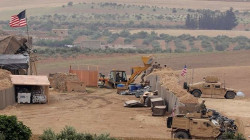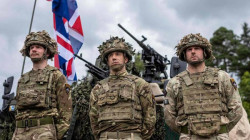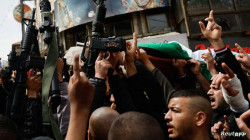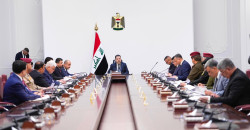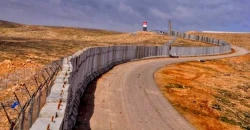Iran's chessboard: Navigating uncertainty in US strikes and regional tensions
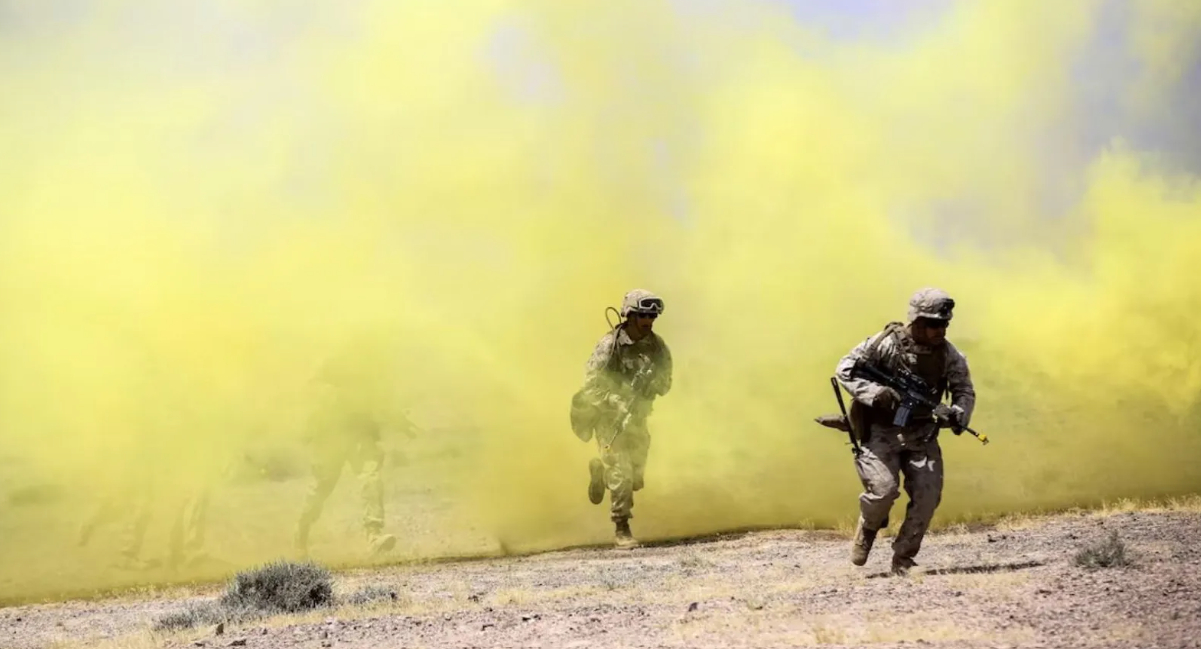
Shafaq News / The Israeli newspaper "Jerusalem Post" raised questions about the ability of the US Air Force to counter threats and attacks coming from Iraq, Syria, and Yemen, as Washington faces a complex regional situation. The ball, it says, is now in Iran's court regarding escalation or de-escalation possibilities.
The report highlighted the incident involving over 20 American F/A-18 aircraft, radar jamming planes, and reconnaissance aircraft last Saturday, launched from the USS Eisenhower aircraft carrier to conduct joint US-British attacks on Iran-backed Houthi rebels. The F/A-18s intercepted several drones on Friday that Houthi forces were preparing to launch.
The report noted that the carrier involved is the "Nimitz," weighing over 100,000 tons and with a crew of about 5,000, essentially a "city at sea." However, it emphasized the challenge faced by American pilots, as the US attempts to halt Houthi attacks while gambling on strikes when it's unclear whether the Houthis have an endless supply of missiles and drones. The Houthis have the advantage of choosing when and where to strike, while American pilots hope to be in the right place at the right time to counter the attacks.
Key questions remain if the conflict continues, such as whether the Houthis can replace and rebuild their anti-ship missiles and whether they will be deterred.
The report highlighted Iran's involvement in Houthi attacks, meaning the real issue is whether Iran seeks to continue threatening the Red Sea.
The current situation is unprecedented, with conflicts usually not extending beyond Gaza when Israel and Hamas are at war.
Iran has brought militias to Israel's borders and activated them to attack Israel from the north with Hezbollah, as well as attempting to block the Red Sea for shipping. The report mentioned 160 attacks on US forces in Iraq and Syria and militias attacking US forces in Jordan, resulting in three soldiers' deaths.
This is seen as part of Iran's regional war strategy to control the area, attempting to block the Red Sea for commercial ships not associated with its allies in Moscow and Beijing, opposing Western, Israeli, and US interests.
The report questioned whether the "Eisenhower", essentially a floating city off the coast, could halt the attacks.
Meanwhile, Washington is fighting Iran-backed militias in Iraq and Syria. The US carried out attacks on 85 sites on Feb. 2 in response to the killing of three Americans in Jordan on January 27. It doesn't appear that these strikes hit significant targets, meaning factions still possess a large number of missiles and drones to continue their threats, as they continue to attack US forces in Syria.
The US faces obstacles in its strikes in Iraq and Syria, as some countries don't want to participate. For example, Jordan confirmed not participating in retaliatory attacks against the base in retaliation for the attack on the Tannaf base in Jordan.
Many regional countries are cautious in their calculations, with US Gulf allies expressing concern about US policies for years. The report mentioned US pressure on Saudi Arabia to end its military role in Yemen against the Houthis. Saudi Arabia and Iran reconciled in a deal supported by China last year, leading Saudis to question why the US pressured them to end their war in Yemen, only for the US to carry out airstrikes in Yemen.
These complex factors add uncertainty about whether the US can achieve its goals in Yemen, Iraq, and Syria, wondering if American strikes will stop Iran-backed faction attacks or just reduce some capabilities. The report concluded, "There are lessons to be learned, and it seems the ball is in Iran's court right now."
